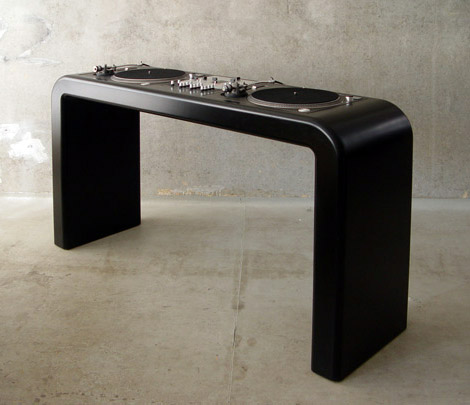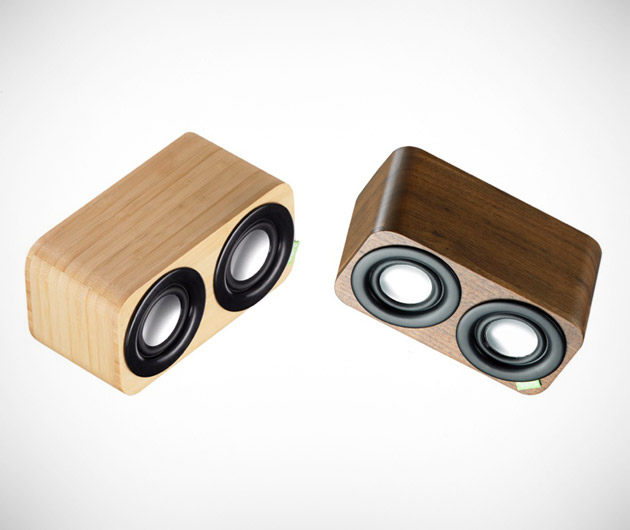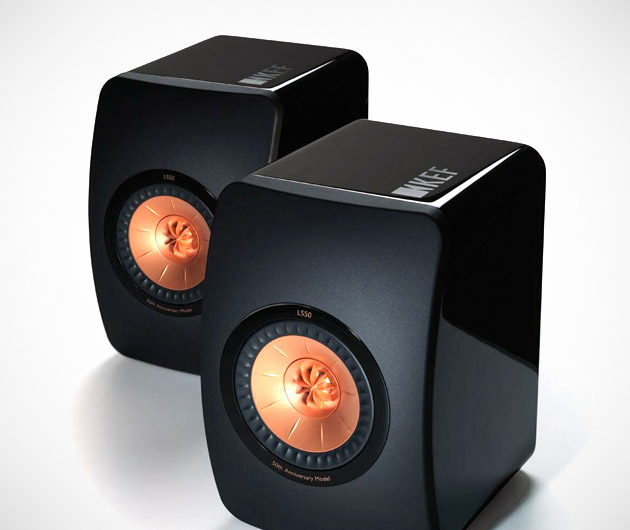Saramonic K9 Wireless Microphone System Review: Pro-Level Audio That Won’t Let You Down
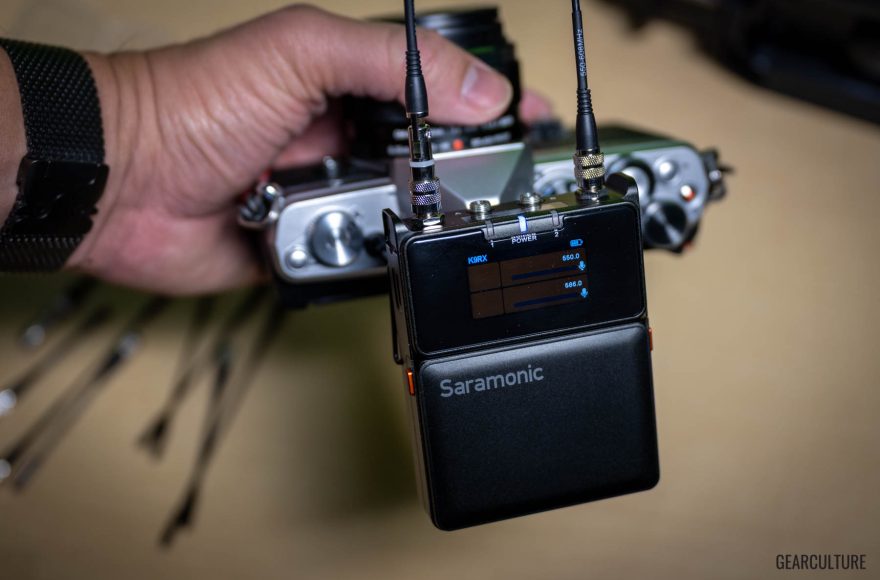
Sound is the unsung hero of video production. While viewers marvel at stunning visuals, poor audio can instantly shatter the illusion and credibility of any content. I’ve tested countless wireless microphone systems throughout my career, but the Saramonic K9 has genuinely shifted my expectations of what portable audio gear can deliver.
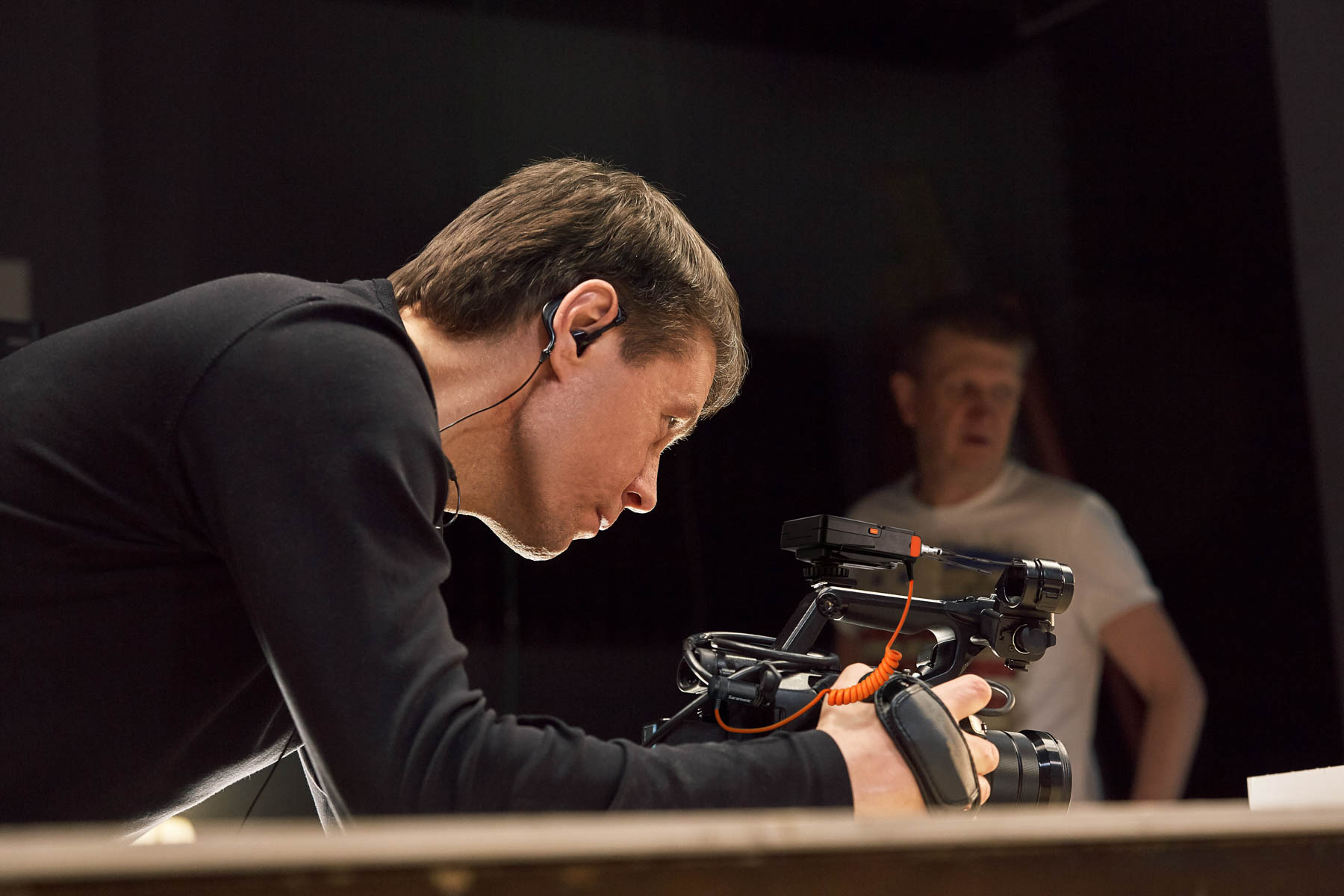
Let me tell you about last Tuesday. I was filming a hands-on review of the latest gaming laptop—fans whirring at full speed, mechanical keyboard clicks, and the bombastic audio from an FPS game—audio nightmare territory. The K9 transmitter, barely larger than a matchbox, captured my detailed commentary without getting overwhelmed by the cacophony of gaming sounds. No fussing with levels or asking for retakes because of audio dropouts. Just clean, professional voice capture amid electronic chaos. That’s when good gear becomes invisible, letting the tech story take center stage.
Design & Build Quality
The physical design of the K9 system immediately impresses with its thoughtful attention to detail. The receiver features a clever two-screen setup that initially seemed like a gimmick until I found myself filming solo at a product launch event. With the K9 receiver mounted on my camera, I could check audio levels with a quick glance at the top screen without taking my eye off the presentation. It’s like having a secondary monitor for your audio that doesn’t require shifting focus from the main event—a small design touch that reveals its value when you’re working alone and juggling multiple responsibilities.
The transmitter’s aluminum construction has proven remarkably durable in daily use. During CES last year, I accidentally dragged the receiver off a demo table when moving to get a better shot of a new smartphone display. The unit took the fall without missing a beat, continuing to function flawlessly despite the mishap.
I’ve destroyed more lavalier mics than I care to admit. Coffee spills during early morning briefings, unexpected static discharge from prototype devices, and hurried disconnections have all claimed victims in my equipment graveyard. The K9’s tiny lav mic with its Kevlar-reinforced cable has survived scenarios that would have meant a trip to the repair shop with previous systems.


At just 5.3mm, it’s remarkably discreet while maintaining professional sound quality and impressive resilience. The IP67 water and dust resistance provides additional peace of mind when working in unpredictable environments. For equipment that travels everywhere with me through crowded tech events, this level of durability isn’t a luxury—it’s essential.
Audio Performance
The heart of any microphone system is its audio quality, and the K9 delivers where it counts. The system’s 130 dB dynamic range provides exceptional headroom for capturing everything from whispered technical specifications to sudden product demonstrations without distortion. This wide dynamic range means you can focus on content rather than constantly riding gain levels during unpredictable tech demonstrations.

The Global Version’s 32-bit float recording capability stands as one of the K9’s most valuable features for tech journalists. Think of it as an insurance policy against audio disasters that would typically ruin recordings. Unlike standard recording formats that have hard limits on volume levels, 32-bit float captures an enormous dynamic range that prevents clipping even when audio unexpectedly peaks. This means you can fix any volume issues in post-production without degrading quality—a crucial feature when capturing once-in-a-lifetime product reveals or demonstrations that can’t be repeated.





While the K9’s wireless performance is generally strong, it’s worth noting that all wireless systems face challenges in crowded RF environments. The K9 operates across an ultra-wide UHF spectrum (550-960 MHz) and employs auto-frequency scanning to find the clearest channels, which helps minimize interference issues.
Its proprietary LNA technology also maintains signal integrity at distance. When planning shoots in notoriously congested spaces like convention centers during major tech events, it’s wise to consider positioning and distance limitations as part of your setup.
Smart Features & Workflow Enhancements
The Saramonic K9 shines through several intelligent features that streamline the production process.
The companion app deserves special mention for making life easier in multi-mic situations. While filming a roundtable discussion with tech analysts, I set up all the K9 transmitters, then discreetly adjusted individual volume levels from my phone while my colleague framed the shot. No awkward reaching across the table or interrupting pre-discussion conversations to tweak settings. The app occasionally disconnected when my phone went to sleep—a minor annoyance worth noting—but overall provides valuable remote control capabilities.
The timecode synchronization feature has transformed my multi-camera workflow. During a recent gaming tournament shoot with three cameras capturing different angles and the K9 handling commentary audio, everything aligned perfectly in post with minimal effort. The 0.15 PPM accuracy meant no drift even across longer segments that would normally require periodic realignment. For anyone who’s spent hours manually syncing footage from different sources, this feature reclaims valuable time that’s better spent on creative decisions rather than technical alignment tasks.
For tech journalists like myself who frequently travel internationally, the K9’s global compatibility feature looks particularly promising. The system’s GPS-based frequency adjustments should eliminate one of the most common headaches when working across borders—figuring out which frequencies are legal in each country. I’m looking forward to testing this capability during upcoming international assignments. When you’re already managing international data plans, power adapters, and language barriers, having one less technical concern would be invaluable.
Power Management & Practical Considerations
Battery anxiety is real in this business, particularly during all-day tech events where power outlets become precious commodities.
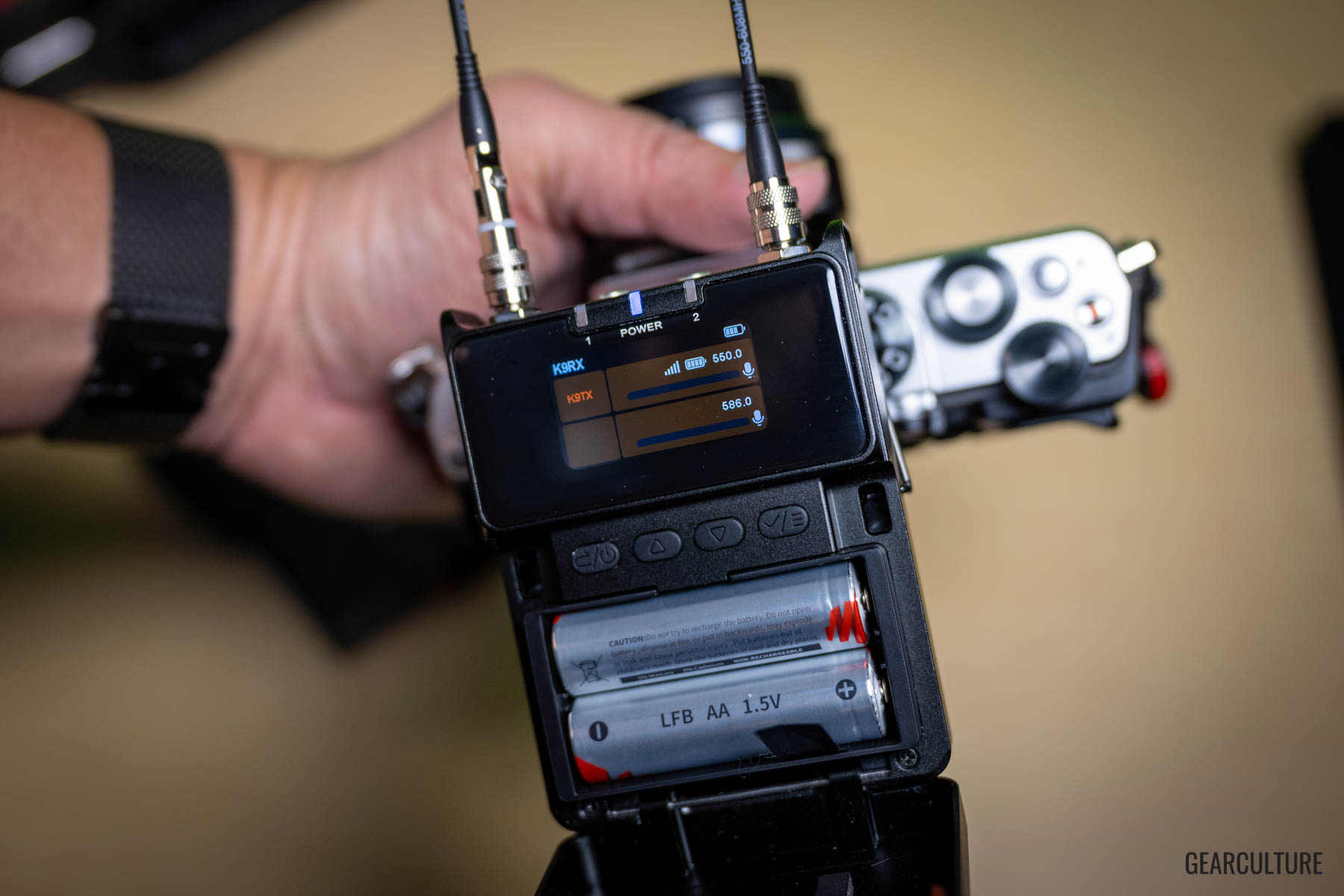
We’ve all experienced that stomach-dropping moment when equipment dies mid-demo, potentially losing unrepeatable content forever. The K9 transmitter lasted through about 5-6 hours of continuous recording—enough for most product briefings, though not extraordinary by current standards. During Apple’s last keynote event, I developed a strategy: quick-charge during the mid-event demos using the included case, and I never ran into power issues across the entire presentation and hands-on period afterward.
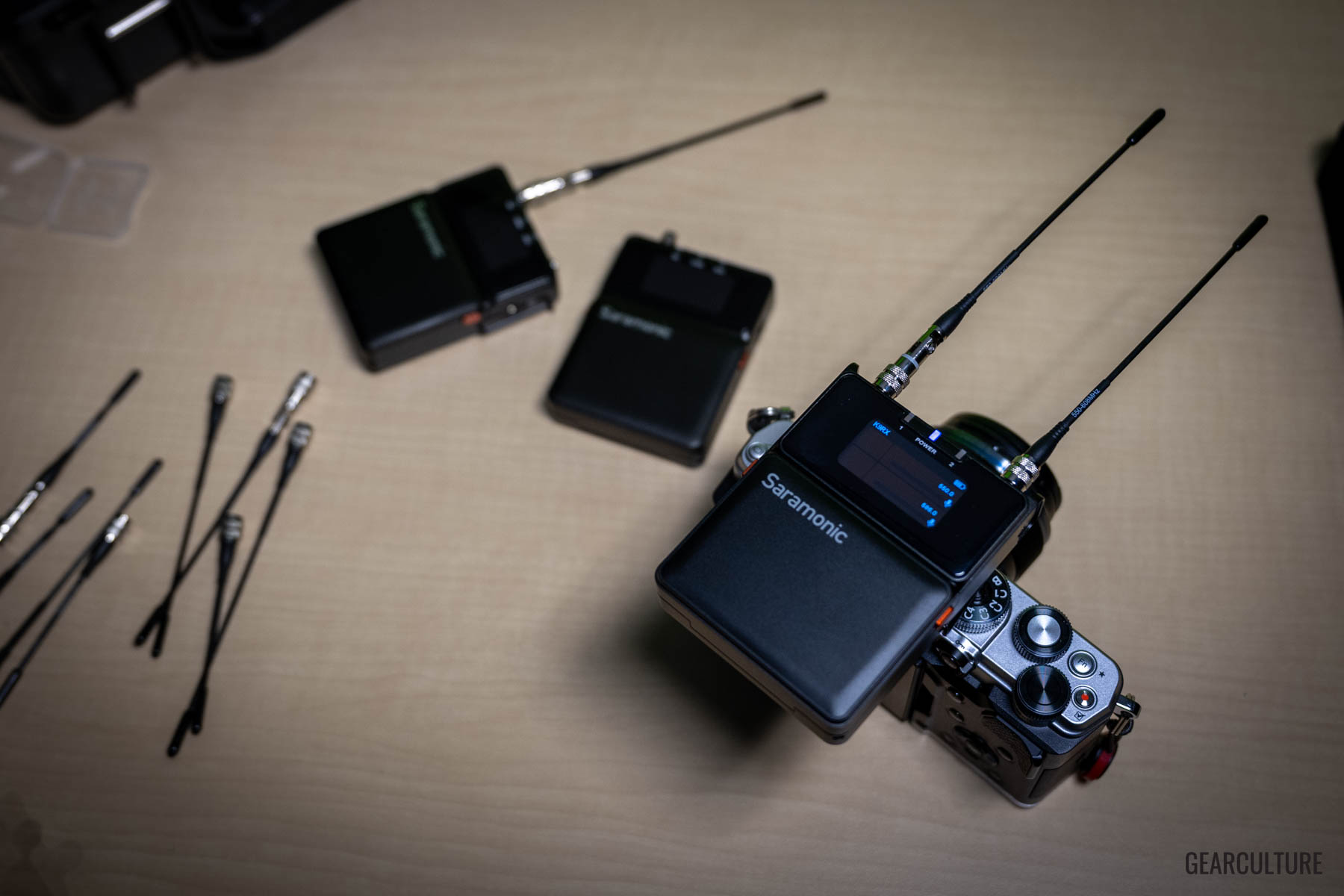
The charging case has become an unexpected favorite accessory that solved several problems I didn’t realize needed solving. Beyond just powering up the components, it’s become command central for my audio gear, keeping everything organized and protected while traveling between tech briefings and product demonstrations. During a week-long series of Silicon Valley company visits, this meant I could charge overnight and work full days without hunting for power outlets or carrying separate chargers.
It’s worth understanding the difference between the US and Global versions before purchasing. Due to patent restrictions, the US Version can’t record internally and transmit wirelessly at the same time when you’re within the United States—a limitation that could be problematic depending on your backup strategy. When I took the US Version to Berlin for IFA, these restrictions disappeared once outside American borders, giving me full functionality.
For those frequently covering international tech events, the Global Version might be worth the slight premium over the US Version to avoid having to adjust your workflow based on geographic location.
The Intangible Value
Here’s something you won’t find in the spec sheet: the psychological freedom of reliable equipment when you’re interviewing high-profile tech executives with limited availability. When sitting down with a notoriously time-constrained CEO for an exclusive about their latest innovation, I didn’t spend the precious minutes anxiously monitoring audio levels or worrying about interference from the numerous wireless devices in the room. The K9 handled both soft-spoken technical explanations and enthusiastic product demonstrations without distortion or clipping. I focused entirely on asking insightful questions and following interesting tangents instead of babysitting technology.


Sound engineers might want more granular control than the K9 offers, and budget-conscious creators might balk at the price point when comparing to entry-level systems. But for professional tech journalists who need reliable audio without the complexity of higher-end broadcast systems, the K9 hits a sweet spot of performance, portability, and price that makes sense for daily production work.


The true test of any gear isn’t the first impression but how it performs months later when the novelty has worn off. The K9 has transitioned from exciting new toy to trusted workhorse in my production kit—perhaps the highest compliment I can give any piece of equipment after years of cycling through promising gear that ultimately disappointed.
It simply works when I need it to, letting me focus on explaining complex technologies rather than troubleshooting technical issues mid-shoot. In an industry where missing audio from a crucial product announcement can mean missing the story entirely, that reliability brings a peace of mind that’s difficult to quantify but impossible to overlook.



















